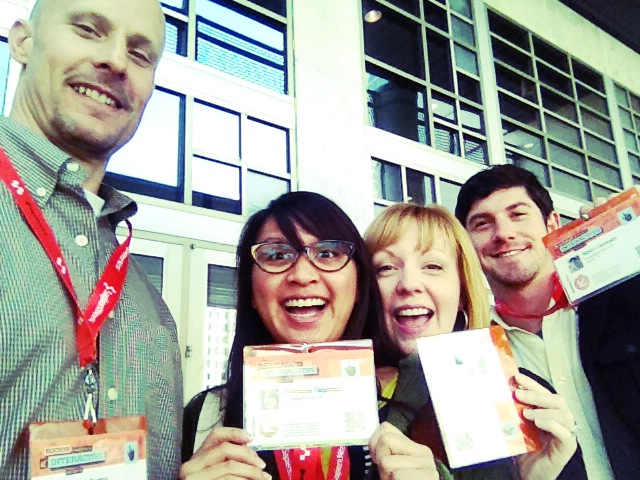Culture, in its most basic description, is your organization’s personality. Personality can be defined as the visible aspect of one’s character and develops over time based on preferences, choices and exposure to different experiences.
Your company has a personality. A culture already exists. Whether you like it or not is the question.
Before I go any further, let me tell you my point of view on HR’s role in an organization’s culture. We are there to support it, cultivate it, manage it and recruit into it… we make suggestions, offer insights and (if it’s a positive culture) use what the culture offers to inspire. BUT, we don’t create it. Or, in my opinion, we shouldn’t. Culture, at least long-term successfully sustained cultures, is created by the top leadership of the organization. If your C-levels aren’t exemplifying the culture you hope to communicate, then it’s going to be an uphill battle to get the employment force to believe in it. We’ve all experienced that, right? Without buy-in from above, it’s very difficult to get a program off the ground. It can be a challenge, though, selling it up because so much of culture is intangible. Sure, there are the things you can see that give you a quick read about a firm. The dress code. The work environment. You can ask about perks and hear about the benefit offerings. But that’s pretty surface.
It’s the things you can’t see that are usually the more powerful, but by nature, harder to define. And it’s these things that truly make up the cultural core of a company. It’s the values and beliefs, the attitudes and standards, the moods and worldviews of the people in the group.
And much of these views are created organically. I’m a big fan of organic growth and it can be an extremely positive thing. But, granted, there are some risks. On the “pro” side, organic implementation gives ownership to those instigating the change; it allows leadership to be perceived as open to new thinking and ideas. It can create loyalty among employees and most importantly, it creates its own story.
But you want that story to be a good one, so it’s HR’s role to support positive cultural momentum and redirect practices that could lead to opposing the company’s values and goals. And that’s the risk. If you just let it go with no management or cultivation, there’s no telling where your company’s story may end up. So, first, you have to know what the values and goals are. Does your company have a mission? Do you know what it is? Do your employees? This is how you can support a positive culture—by asking the right questions. Look to your industry. Advertising is fun and creative. We work hard, but we can also have Martians and critters (check out our website if you don’t know what I’m talking about). We make the complex compelling. That’s our story. Every employee knows that we turn marketing complexity into compelling ideas. But what’s your story? That’s the most important thing. Knowing who you are. Identifying your key talent and asking them what they like about working there. Where are they getting their motivation? Talk to clients and vendors. Get their perspective. Just make sure you’re being authentic with who you are. If the story you’re trying to tell is at odds with the reality, it’s going hurt your culture, morale and perception more than help.
But it’s not good enough to just know it. It has to be practiced and supported by management. If a core value is RESPECT, but a manager is disrespectful to an employee they supervise, and no action is taken on the part of HR or leadership, that value diminishes. That’s why it’s so important we stay engaged with our employees. Don’t ever underestimate the impact of word of mouth.
You’re not always going to be able to keep what’s repeated about your organization positive. I get that. But as HR, we can certainly manage it with that goal in mind. Even in exit interviews you can do your best to manage the transition and shoot for a positive result. You see, culture can’t only be good in the good times. Often, it’s in the down times that our true selves, our true culture, are revealed. In fact, it’s a strong culture that may help your company pull itself out of a downturn. That’s another experience SicolaMartin has had. We’re 25 years old…we’ve pretty much seen it all.
And although we have had to tweak our business model over the years to evolve with the times, we really haven’t had to make many changes to our core culture—thankfully—because culture change can be difficult and require a great deal of perseverance. But, if you find yourself at an organization in need of change, we’ll talk about some of the things you might be able to do to get that going in Part 2. Stay tuned.
Originally published June 2, 2010, on sicolamartin.com


